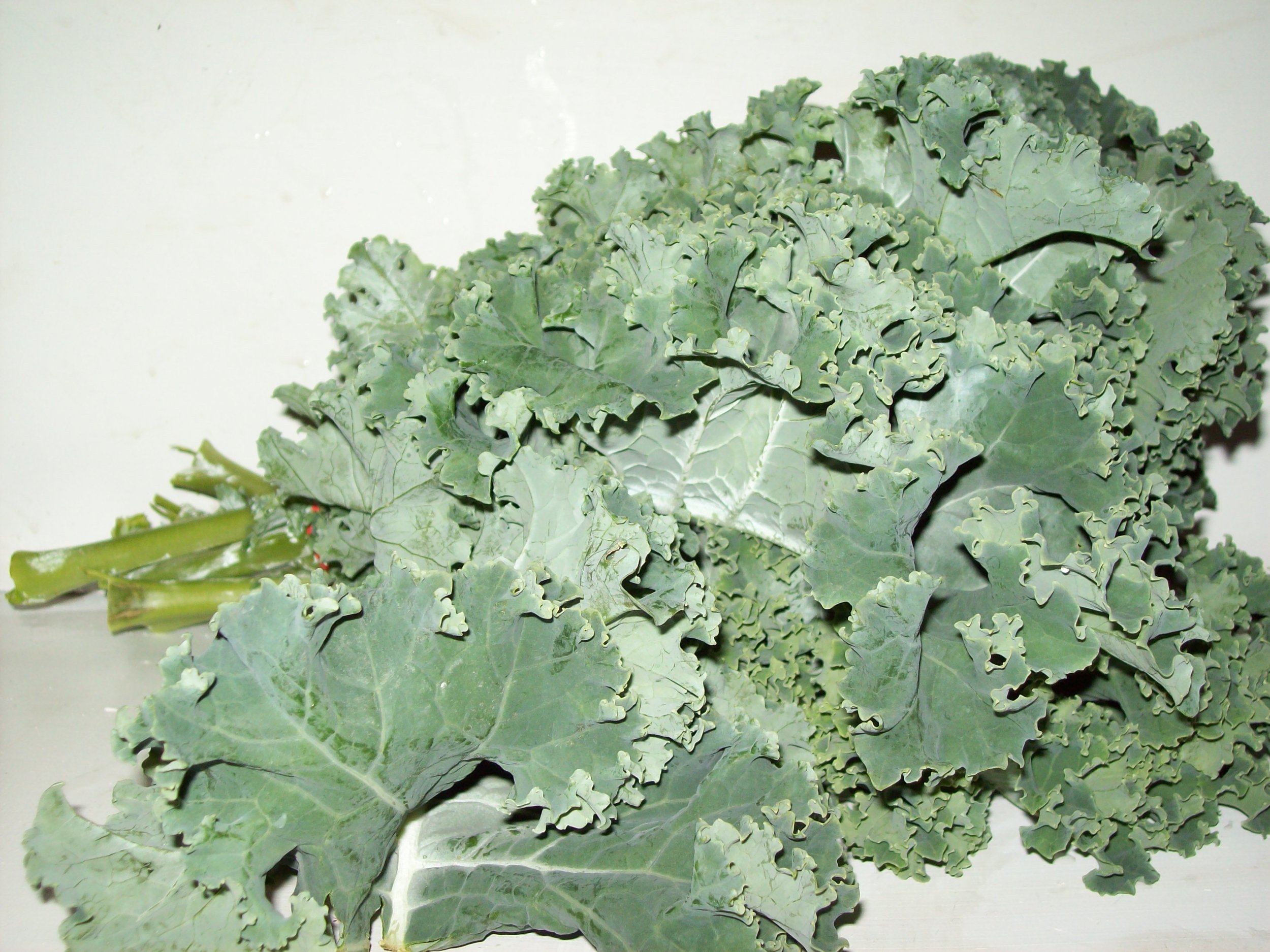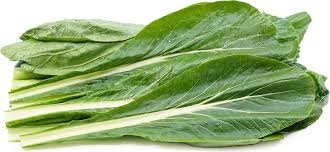Kale
/
Kale is the most ancient and among the earliest cultivated member of the cabbage family. It was a favorite vegetable in ancient Rome and has remained a particularly popular vegetable in Scotland and Ireland. Nutritionally, kale is vastly superior to most vegetables. It is very rich in vitamins A and C, and calcium. B vitamins and other minerals are also in excellent supply. Kale also has the highest protein content of all of the cultivated vegetables.
Toscano Kale
Green "curly" Kale
Storage Tips:
Wrap kale in damp towel or place in plastic bag and keep in the hydrator drawer of the refrigerator.
Kale is best used fresh but will keep for 2-4 days if kept moist and refrigerated.
For long-term storage, kale can be frozen. Wash, de-stem, and blanch leaves for 2 minutes. Rinse in ice-cold water and pack into zip-lock bag or airtight container. Freeze.






















